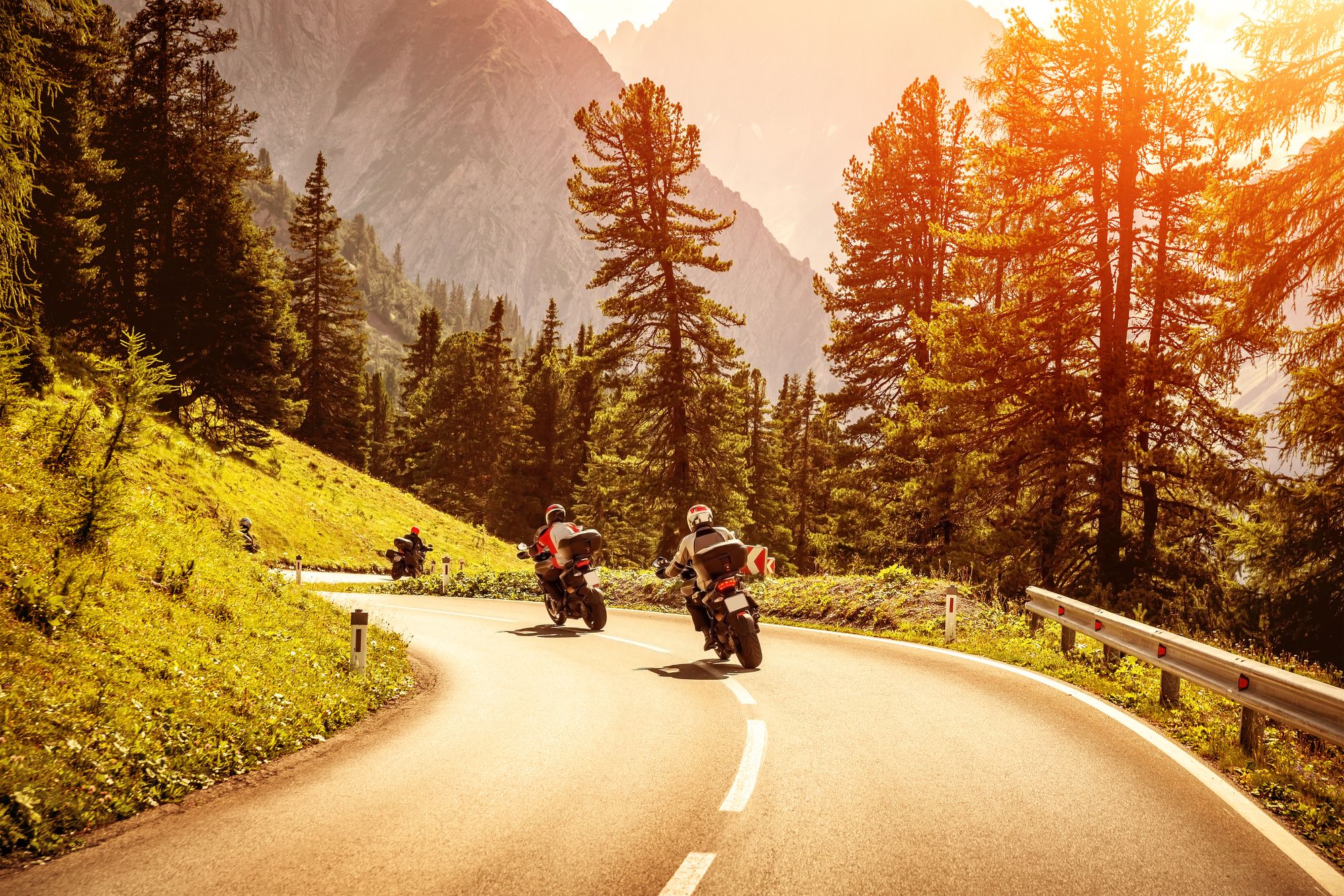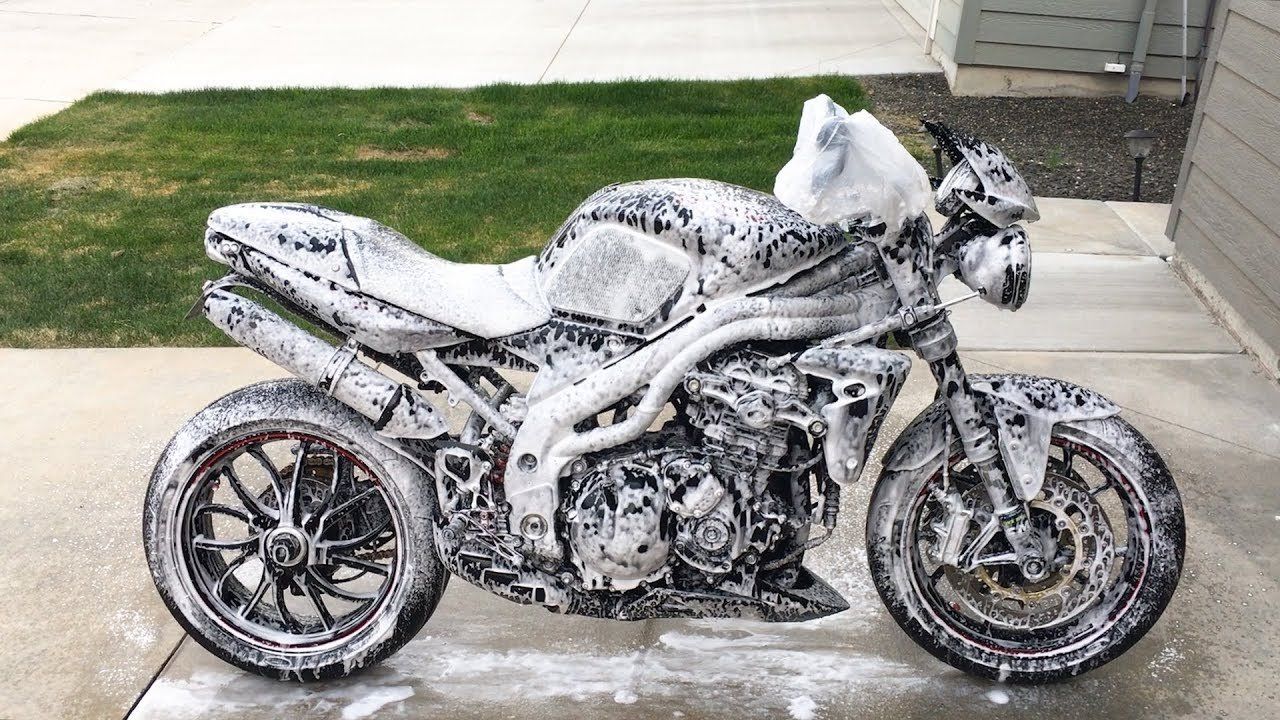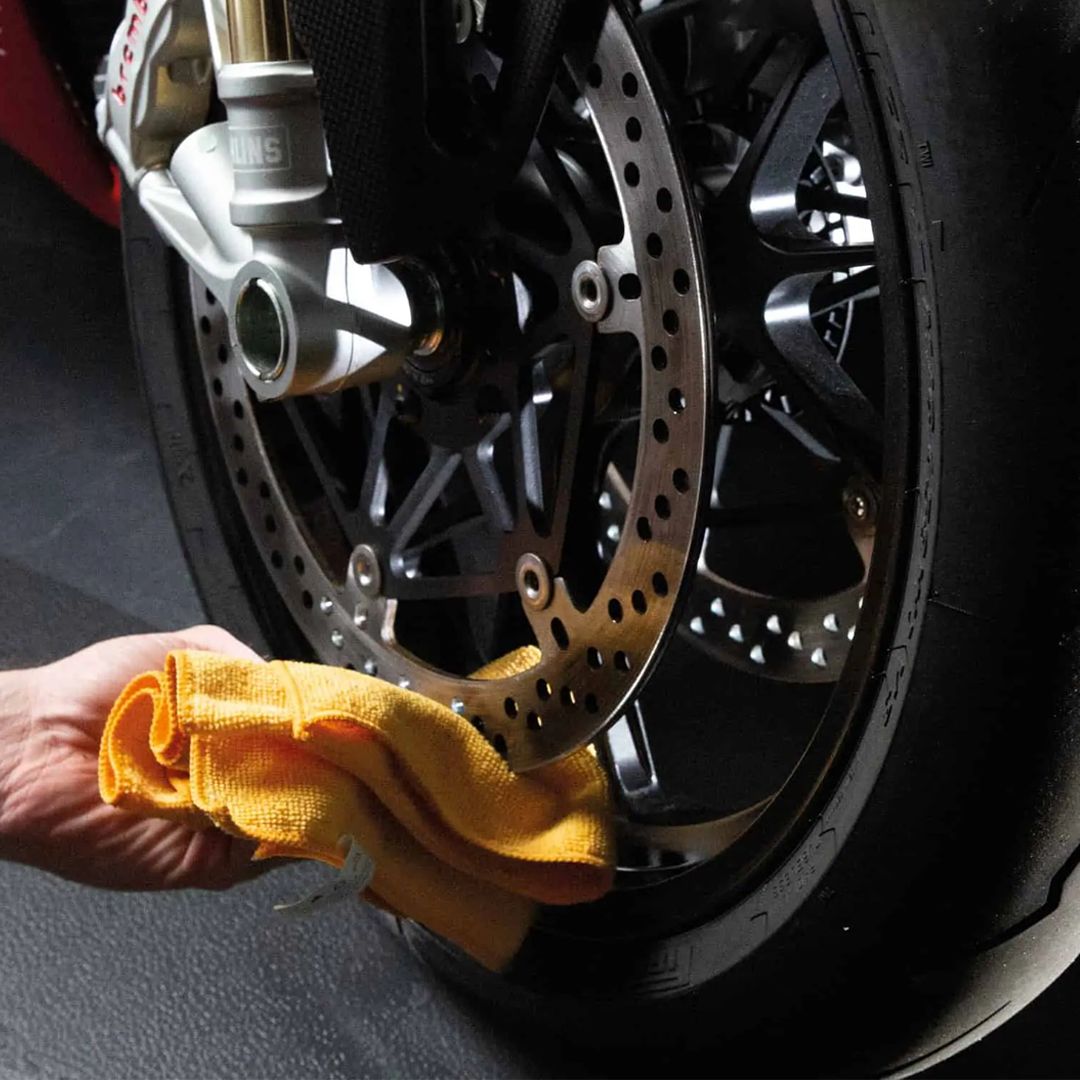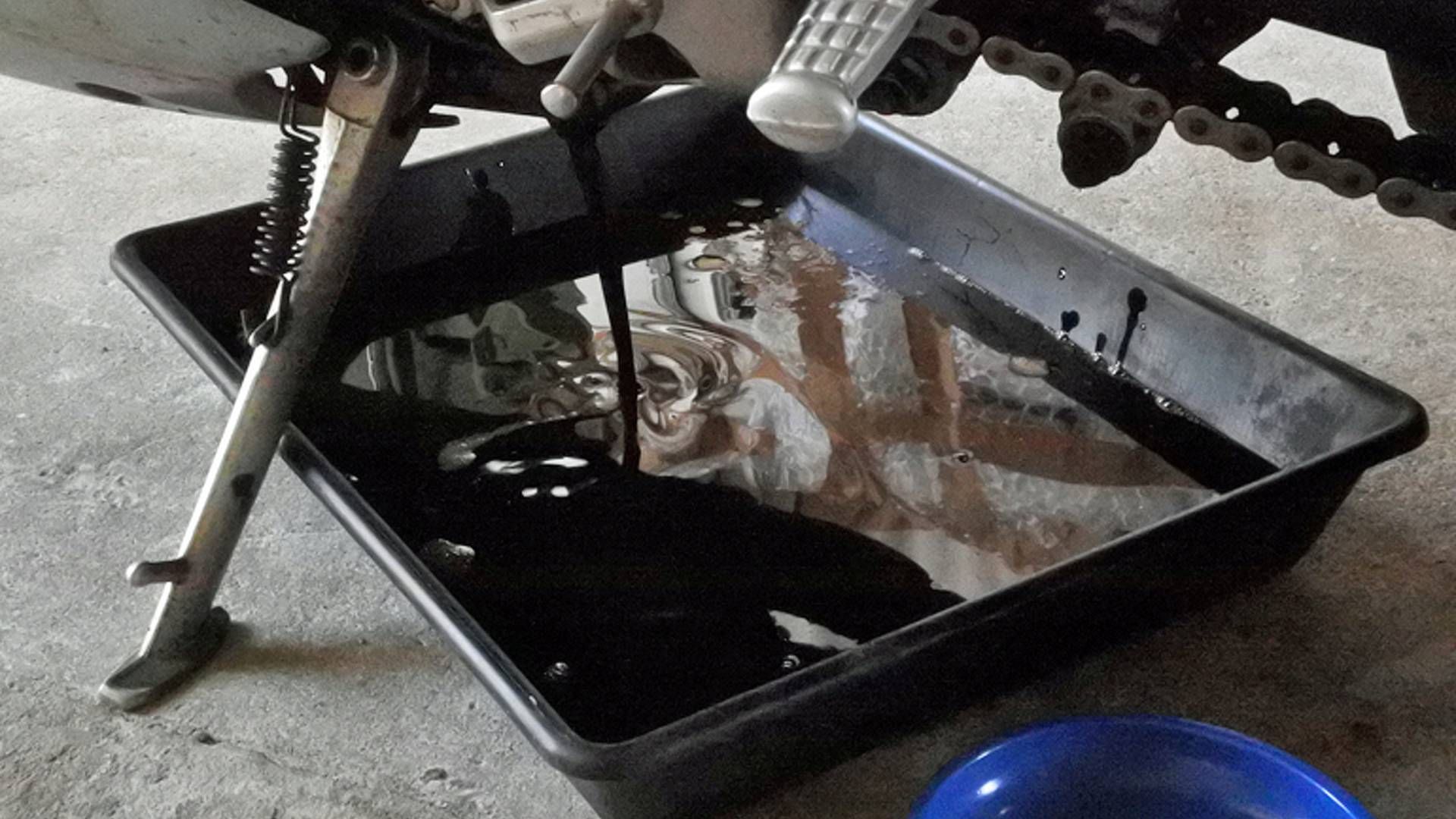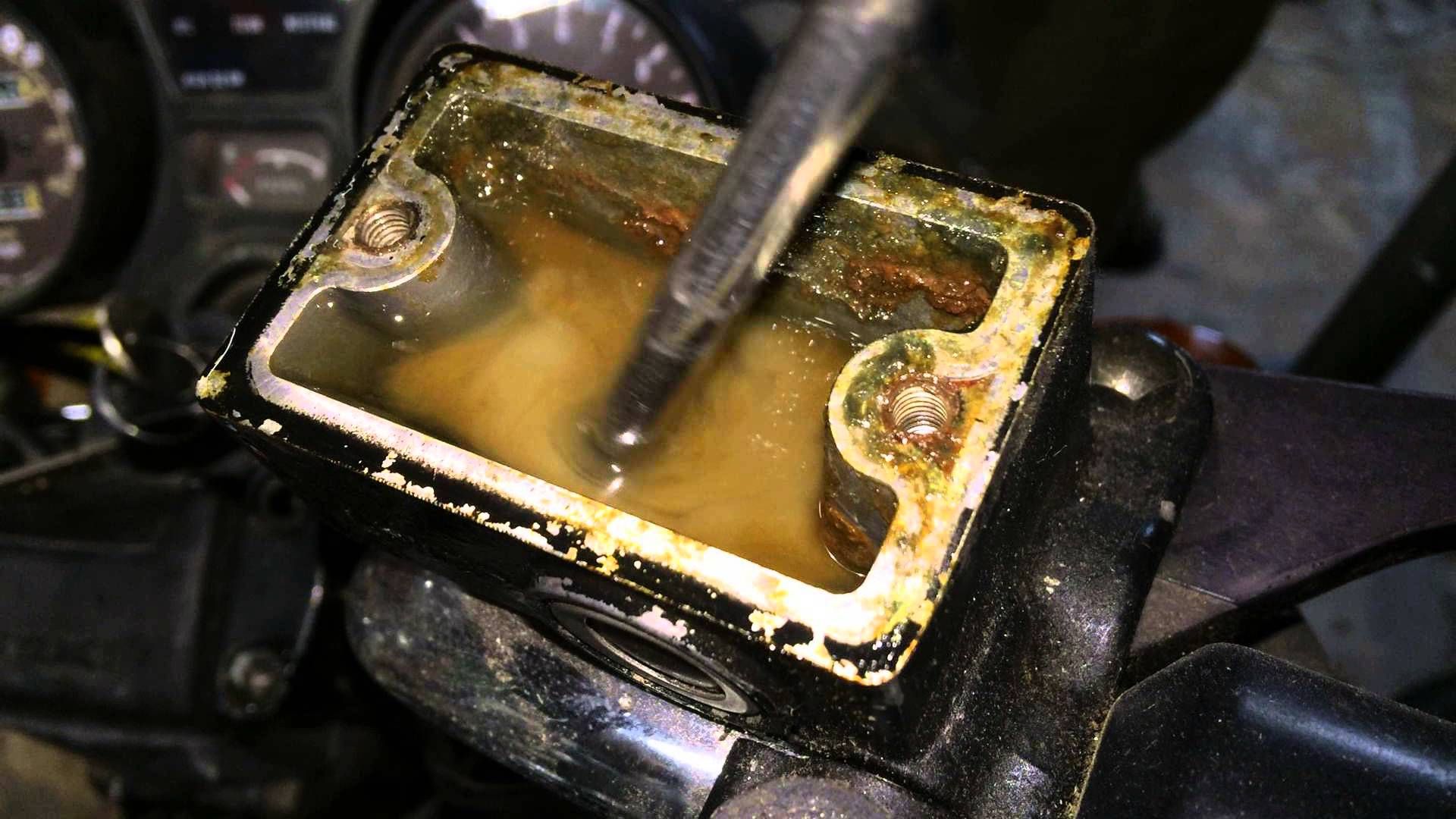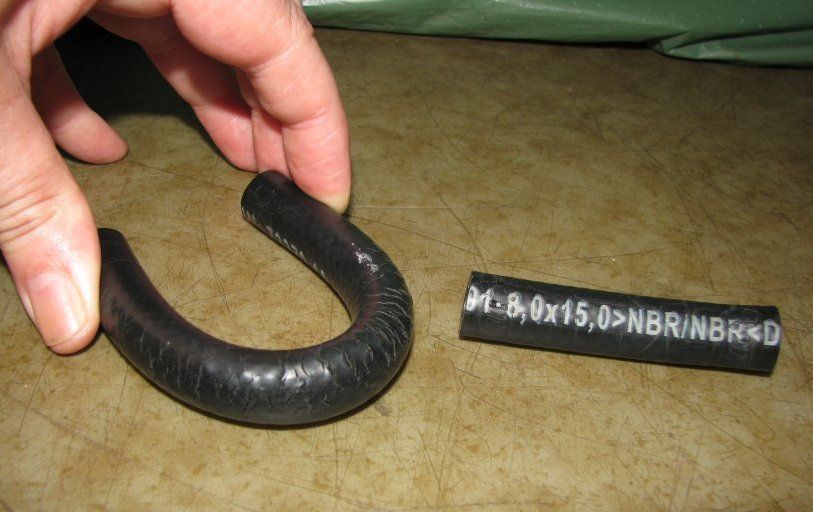With the onset of spring and summer, many riders will be considering pulling their motorcycles out of storage ready for those warm days of riding. But what should you do to prepare your bike?
Summer's Here: Time To Check Over Your Bike
It's a sad day when we finally give in to the elements and put the motorcycle away for the winter. Equally, it's a happy day when the weather turns and spring is in the air and thoughts turn once again to riding through the summer months.
But simply taking the covers off your bike and firing it up on the morning you have planned your first ride could lead to all sorts of problems: problems that you could well do without at the beginning of a riding season if you're not going to lose any saddle time.
Even modern bikes with all their fuel injection and electronics need a bit of TLC to make sure they're safe and reliable.
The first and best thing to do is to give the bike a wash. The closer in you get with brushes and cloths, the more likely you are to spot anything that's wrong, such as perished hoses, tyres and other rubber components. These include fork seals that might have weeped over lay-up and will need replacing as they can never be made to seal again once they have leaked.
Also, you might spot nuts and bolts that have mysteriously loosened themselves during inactivity. Don't laugh: it does happen. Another imponderable is how electronics that worked when you rode it into the garage now singularly fail to work five months later. I recently had to replace the CDI unit on a bike, even though it worked fine when I last rode it a few months earlier. Find that out before riding season starts and you'll still be able to ride on the first day of spring.
Of course, a bit pf preventive maintenance when you lay-up is always good. Oil becomes acidic when it gets old and leaving it in a silent and cold engine for months on end can cause unseen damage to surfaces and bearings.
The best thing to do in this case is change it for fresh oil - and put a new filter on - before you lay it up. Run the engine on the new oil until nice and hot, so all the surfaces are coated with good, clean oil that will have much better cling properties than old oil.
If you haven't managed to change the oil before you lay-up, then change it before you ride again next spring, along with the gearbox oil. To do this, the oil needs to be hot and the best way to do this is to run the engine. However don't let it idle for too long: an engine's lubricating system is designed to work at its optimum with the engine running at higher revs and under load: that way, the lubricant will circulate quicker to where it needs to be and the wear will be less. You can always drip a small amount of oil down the cylinder bores to give them cold-start lubrication.
Check the air filter and, if you haven't put a plug in the exhaust, check in there for rodent nests. Check for corrosion all over the bike: damp and humidity can cause havoc with plain steel brackets and clips.
One thing I used to do on my old Triumphs was to spray the whole bike with spray grease: everything that might discolour or corrode stayed nice and shiny under the grease and a session with degreaser and a hose will have your bike looking glorious in short order. This method also works well if you plan to carry on riding through winter, when the salt on the roads can be fatal to chrome and polished aluminium.
Batteries don't like being left unattended by human hand or a charge so invest in an intelligent trickle charger that will keep the battery in tip-top condition or, if one of those is out of your budget, remove the battery and store it in the warmth indoors. You might need to re-charge it before refitting it but it will have stayed healthier if not connected to anything and protected from fluctuations in temperature.
Check the brake fluid. Brake fluid is hygroscopic which means it absorbs moisture and that will drastically affect your braking performance as well as corrode master cylinder and caliper internals.
Similarly, you should have drained your gas tank when you laid it up. Ethyl in petrol is also hygroscopic and, when it is heavy with water, it will sink to the bottom of the tank. if your tank is steel, it will rust from the water in the ethyl, potentially clogging up the fuel lines and injectors or carburettors.
Drain, flush and refill the coolant system so ensure it works properly at high external temperatures.
Brake pads should be renewed or at least checked carefully. Sit on the bike and rock it back and forward with the front brake on or bounce the suspension up and down to see if there are any clonks from anywhere in the headstock of swing arm. Last, but not least, lube the chain!
All of this is common sense: get round to it a month before you think you will be riding for the first time in the year so you can pick up any problems. After all, you've waited long enough for that day so why risk putting the day back even further?

